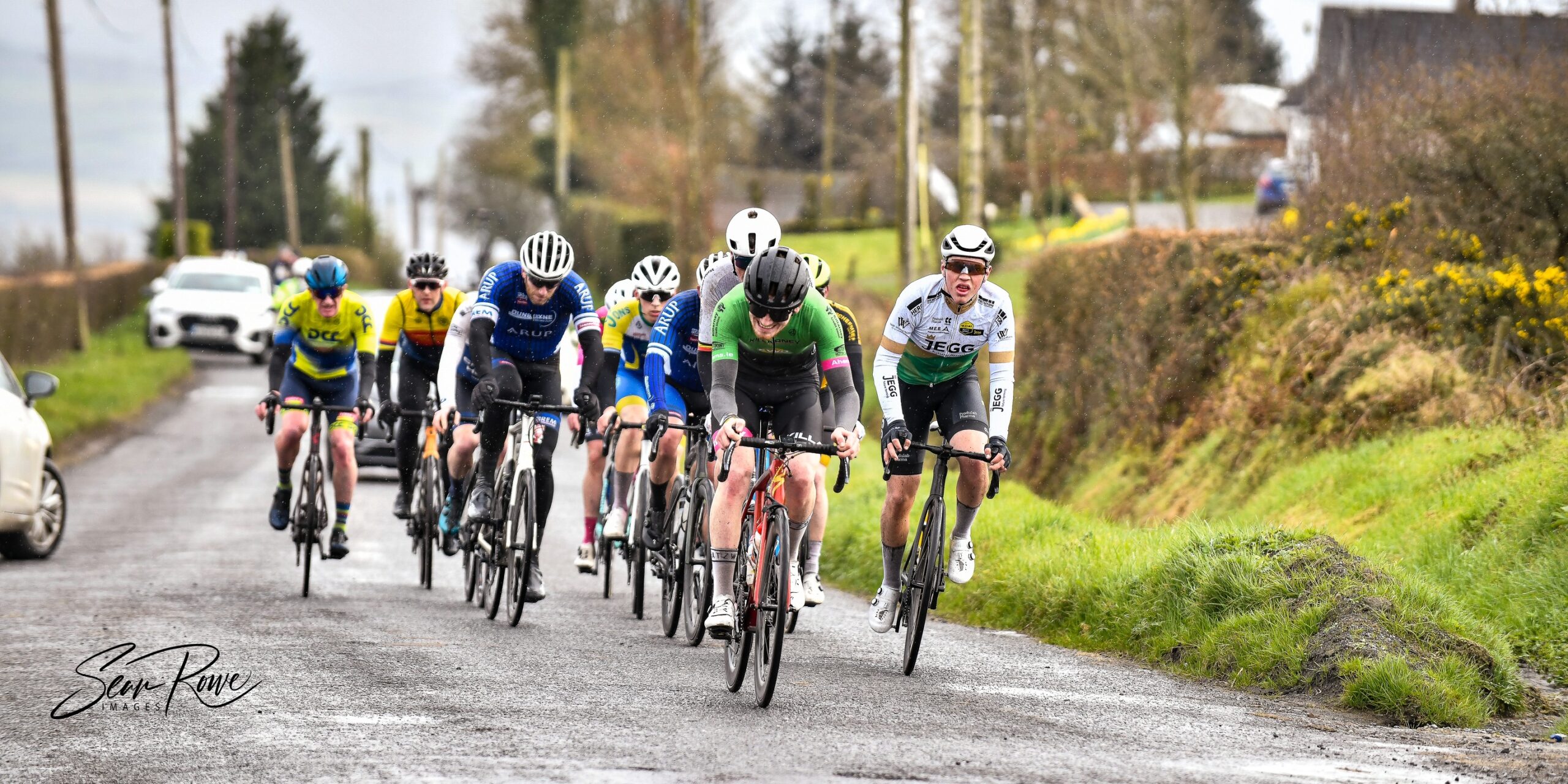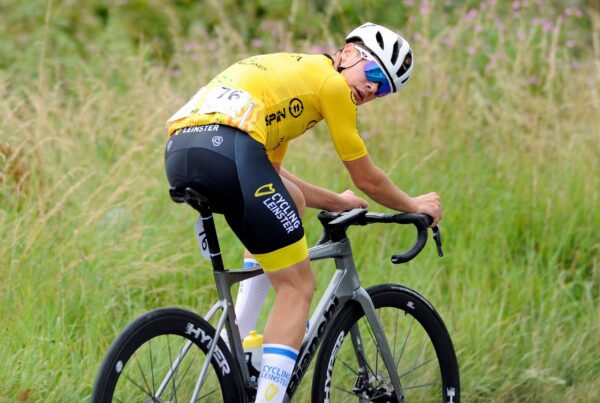
.
.
.
#CyclingIreland #RoadRacingRevamp #DomesticRacing #CategoryChanges #RaceCalendarReform #CyclingCommunity #WomenInCycling #MastersRacing #BikeRaceReforms #KeepRacing #PelotonPower #RaceForChange #CyclingUpdates #RaceTogether #RiderRevival
Source link
Cycling Ireland has introduced a series of significant changes to the structure of domestic road racing in an effort to address the decline in racing licence holders, which dropped from 4,000 in 2017 to just 1,700 in 2023. After 18 months of consultation and analysis by the Cycling Ireland road racing working group, the new system aims to encourage more participation, improve race balance, and provide a more sustainable racing environment. Key changes include revised racing categories, a restructured calendar, and new incentives to keep riders racing throughout the season.
Revised Racing Categories
The previous four-category system (A1, A2, A3, A4) has been reduced to three categories: C1, C2, and C3. This change is intended to create more evenly balanced races by spreading riders across fewer categories, leading to larger bunches and more competitive races. The reclassification is as follows:
- All A1 riders become C1s.
- All A4 riders become C3s.
- A2 and A3 riders are split between C1 and C2, depending on their performance in the previous season. For example, A2 riders who scored points in 2023 will be C1s, while those who didn’t will be C3s.
- Juniors will generally start as C3s, though high-performing juniors may begin as C2s. Masters riders are categorised as C1, C2, or C3 based on their ability.
Upgrading Categories
One of the most notable changes is the removal of mandatory mid-season upgrades. Previously, riders who accumulated 60 points would automatically be upgraded to a higher category, often leading to a drop-off in participation as riders struggled to compete at the next level. Under the new system, riders who reach 60 points can choose whether to upgrade or remain in their current category until the start of the next season. This flexibility aims to keep riders engaged and racing throughout the year. Juniors, however, will still be upgraded mid-season if they score 60 points, as they are eager to progress quickly.
Tiered Racing Structure
To cater to different types of riders, the racing calendar has been divided into three tiers:
- National Races: These are the flagship events, with 16 planned throughout the season. Each national race features separate events for C1, C2, and C3 riders, ensuring balanced competition. These races offer more points and include chip timing.
- Regional Races: These events are designed for riders who prefer a more relaxed approach to racing. They often combine categories in mass-start or handicapped races, appealing to those who race for enjoyment rather than points.
- Local Races: Midweek or league races provide an opportunity for riders to get a "racing fix" without the pressure of competing for significant points.
The goal of this tiered system is to provide options for riders with varying motivations, from those seeking to climb the rankings to those who simply enjoy the social and recreational aspects of racing.
Calendar Overhaul
The racing calendar has been restructured to avoid clashes and create a more even distribution of events. Previously, some weekends saw as many as six races, while others had very few. The new system aims to strike a balance by scheduling three races per weekend, ensuring events don’t compete for riders. National races, stage races, and regional events now have dedicated weekends to maximise participation. Cycling Ireland has also focused on geographic spread to make races more accessible to riders across the country.
Masters and Women’s Racing
Masters racing (for riders aged 40 and above) has received greater attention, as 19% of racing licence holders in 2023 were Masters cyclists. While Cycling Ireland cannot mandate clubs to hold Masters-only events, it is encouraging them to do so. Some clubs have already shown interest, and discussions are underway to incorporate more Masters races into the calendar.
Women’s racing is another key focus, with more events planned for this year than in 2023. However, Cycling Ireland is being cautious about when and where these races are held, given the relatively small number of women racers. The aim is to create opportunities for women to compete on courses and at times that suit their needs.
Points and Rankings
A new ranking system will track riders’ performance throughout the season within their respective categories. This system is designed to encourage riders to keep racing, even if they’ve already scored enough points for an upgrade. By providing incentives to climb the rankings within their category, Cycling Ireland hopes to maintain participation levels throughout the season.
Conclusion
The overhaul of domestic road racing in Ireland is a response to declining participation and feedback from the cycling community. By reclassifying categories, introducing flexible upgrades, and restructuring the calendar, Cycling Ireland aims to create a more inclusive and sustainable racing environment. The focus on Masters and women’s racing, as well as the tiered approach to events, reflects an effort to cater to diverse needs and motivations. While the new system may take time to settle, it represents a significant step towards revitalising the sport and encouraging more people to take up road racing.







